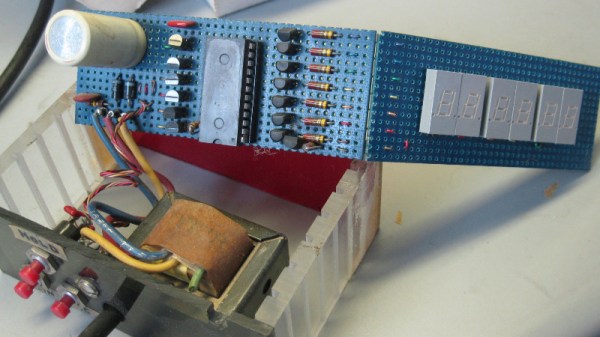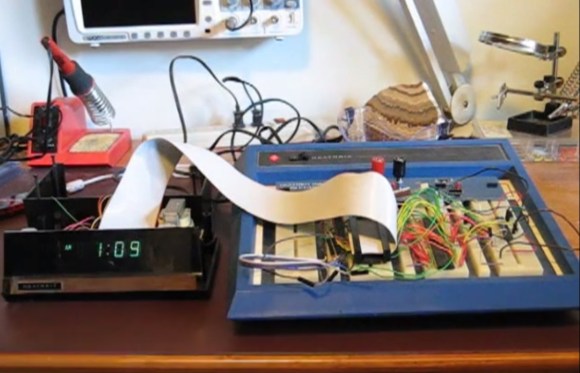The late 1970s were an interesting time for microcomputers. The rousing success of things like the 8080, the Z80, the 6800, and the 6502 made everyone wanted a piece of the action. National Semiconductor produced its SC/MP. That was technically the Simple Cost-effective Micro Processor, but it was commonly known as Scamp. There were several low-cost development boards built around this processor and [Hello World] is looking at Digikey’s “Nibbler” which was a fairly nice computer for only $150. Check it out in the video below.
The SC/MP was made to be cheap. It had a strange bank switching scheme reminiscent of the Microchip PIC 16F family. It also had, like a lot of old discrete computers, a serial ALU, which made it slower than many of its contemporaries. It did have good features, though. It was cheap and required very few extra parts along with a single 5 V supply in the second and subsequent versions. In addition, it had pins that were made for connecting more than one CPU, which was quite a feat for those days.















